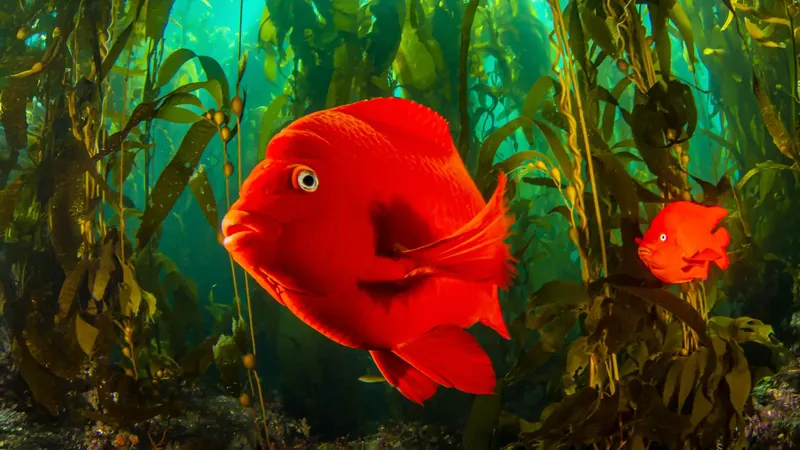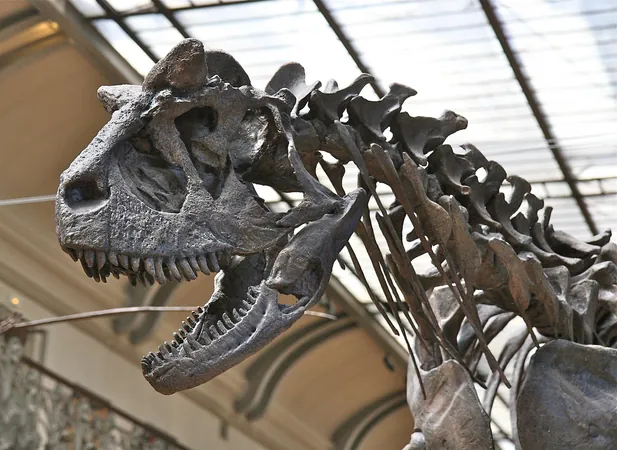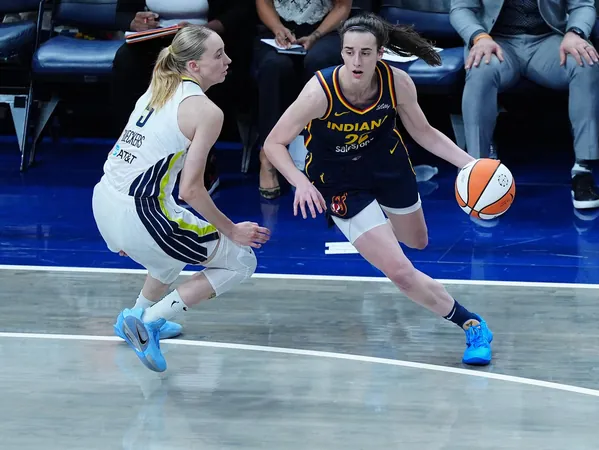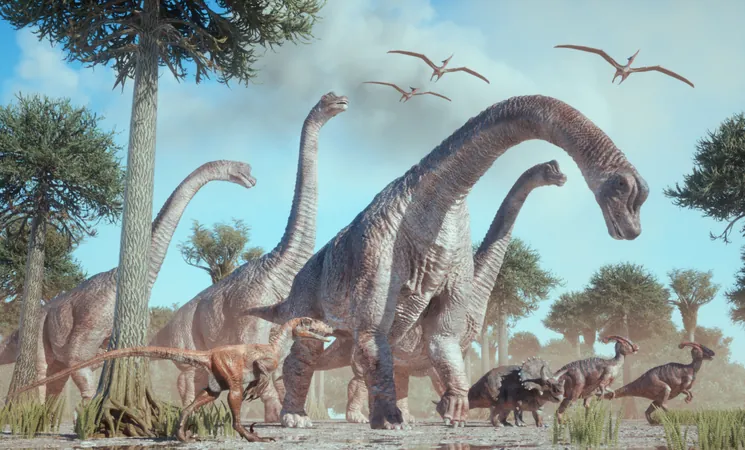
Scientists Shocked: Hovering Fish Use Double the Energy—Here's Why!
2025-07-08
Author: Jacques
Groundbreaking Study Challenges Assumptions About Fish Energy Use
In a stunning revelation, researchers at the University of California, San Diego's illustrious Scripps Institution of Oceanography have unearthed surprising truths about the energy expenditure of hovering fish. Published in *Proceedings of the National Academy of Sciences*, this groundbreaking study released on July 7 shatters the long-standing belief that fish can effortlessly maintain stationary positions thanks to their swim bladders.
Swim Bladders: Not the Magic Solution We Thought!
For decades, scientists assumed that the gas-filled swim bladders in bony fish allowed them to achieve neutral buoyancy—a state where they neither sink nor soar. This misconception led to the idea that hovering was an energy-efficient act of rest. However, new findings indicate that hovering actually demands a significant energy investment.
Meet the Research Team and Their Innovative Methods
Lead researcher Valentina Di Santo, a marine biologist at Scripps, previously noted a unique U-shaped energy curve for skates' swimming efficiency. This piqued her curiosity about fish hovering dynamics. In this study, Di Santo and her team examined 13 species of fish with swim bladders in specialized tanks, meticulously recording oxygen consumption while hovering compared to when they were stationary.
What the Measurements Revealed—A Staggering Energy Cost!
The results were eye-opening: hovering fish expend roughly double the energy than when they are resting! Di Santo likened the energy balance to "balancing on a stationary bicycle." Despite being buoyant, fish experience instability due to mismatched centers of mass and buoyancy, leading to constant fin adjustments to maintain their position.
The Role of Fish Shape and Fin Positioning
Interestingly, the study revealed that fish with pectoral fins positioned further back had better hovering efficiency, likely due to enhanced leverage. Long, slender varieties, like the shell dweller cichlid and giant danio, struggled with efficiency compared to more compact species such as goldfish and pufferfish.
Redefining Hovering: A Vital but Costly Activity
Di Santo emphasized that hovering shouldn't be seen as a restful state. Rather, it's a high-energy activity crucial for survival tasks like guarding nests, feeding, or navigating complex environments, reflecting an evolutionary trade-off between body shape, maneuverability, and energy efficiency.
Insights for Robotics: Mimicking Nature for Better Performance
These discoveries don’t stop at biology; they hold potential for advanced underwater robotics. Understanding fish dynamics could yield innovative designs for robots, enabling greater maneuverability in challenging environments like coral reefs and shipwrecks. Di Santo notes, "We may need to mimic these fish, embracing a bit of intentional instability to add dynamic stability systems for navigation."
A Collaborative Effort with Global Reach
Di Santo's research team included collaborators from Stockholm University, Max Planck Institute, and institutions in the UK, all supported by various grants and research programs. This international effort underscores the universal importance of understanding how nature inspires technology.









 Brasil (PT)
Brasil (PT)
 Canada (EN)
Canada (EN)
 Chile (ES)
Chile (ES)
 Česko (CS)
Česko (CS)
 대한민국 (KO)
대한민국 (KO)
 España (ES)
España (ES)
 France (FR)
France (FR)
 Hong Kong (EN)
Hong Kong (EN)
 Italia (IT)
Italia (IT)
 日本 (JA)
日本 (JA)
 Magyarország (HU)
Magyarország (HU)
 Norge (NO)
Norge (NO)
 Polska (PL)
Polska (PL)
 Schweiz (DE)
Schweiz (DE)
 Singapore (EN)
Singapore (EN)
 Sverige (SV)
Sverige (SV)
 Suomi (FI)
Suomi (FI)
 Türkiye (TR)
Türkiye (TR)
 الإمارات العربية المتحدة (AR)
الإمارات العربية المتحدة (AR)